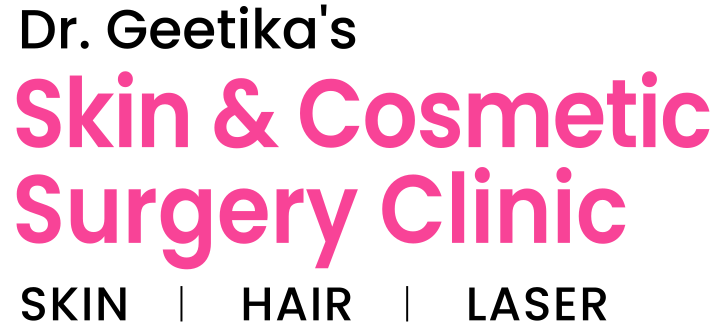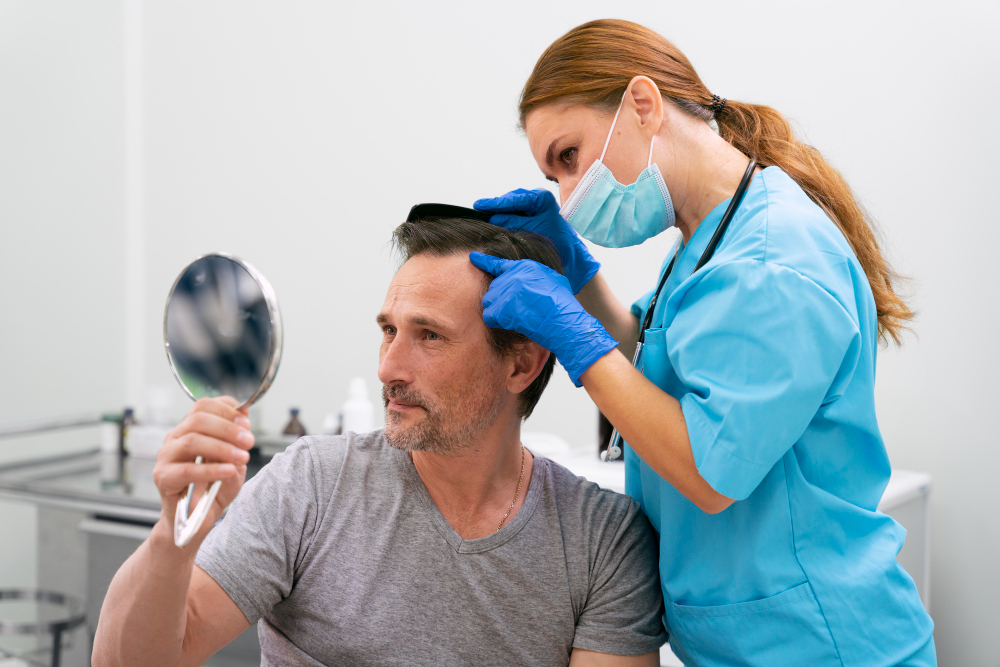Losing hair can be distressing for anybody, impacting self-esteem and ordinary well-being. For those thinking about advanced hair transplant treatments, it’s vital to approach the choice with caution and focus.
Here are some important pointers to keep in mind before choosing advanced hair transplant treatment:
What to Consider Before Opting for Advanced Hair Transplant Treatments?
- Understanding the Need for Treatment
Before considering the pointers when getting a hair transplant, you should determine your unique requirements. Do you need to restore a receding hairline, address bald patches, or improve basic hair density? Knowing such things assists in deciding on the most suitable remedy technique and realistic expectations.
- Types of Advanced Hair Transplant Treatments
Advanced hair transplant treatments in Mohali have developed considerably with numerous methods, including follicular unit transplantation (FUT) and follicular unit extraction (FUE). These techniques include machinery hair transplantation and direct hair implantation (DHI).
- Choosing the Right Clinic and Dermatologist
It is important to select a reputable cosmetic surgery clinic in Mohali and a dermatologist. Research clinics thoroughly, checking patient critiques, before-and-after pictures, and the credentials of the medical crew. You can also consult with Dr. Geetika, a skilled dermatologist in Mohali. She will determine your hair loss pattern, discuss suitable treatment options, and offer personalized suggestions.
- Consider Treatment Costs and Financing Options
Hair transplant costs vary depending on the methods, health facility area, and quantity of treatment required. It’s critical to obtain an in-depth value estimate in advance, along with post-operative care expenses. Some clinics provide financing plans to help control expenses over time, ensuring treatment stays affordable.
- Realistic Expectations and Results Timeline
Managing expectancies is essential in hair transplantation methods. While improvements in the era have stepped forward outcomes, effects may vary based on character elements like hair texture, donor region quality, and standard fitness. Discuss the predicted timeline for sizable results and any capability barriers with your general practitioner.
- Preparing for the Procedure
Your dermatologist will provide precise pre-care tips or instructions before the hair transplant. These may include way-of-life adjustments, nutritional guidelines, and medications to avoid. Following these recommendations facilitates the optimization of the process and minimizes dangers.
- Post-care and Recovery
Understanding post-care is crucial for better outcomes. Your health practitioner will provide instructions on scalp care, medications, and tips to avoid during the initial restoration phase. Follow-up appointments ensure the right recovery process and address any worries promptly.
- Potential Risks and Complications
Like any surgical procedure, hair transplants carry potential risks, such as infection, scarring, or temporary unexpected loss. Talk to your doctor about these dangers and how they might be addressed for a secure experience.
- Long-Term Hair Care and Maintenance
After the initial recovery period, newly transplanted hair needs constant maintenance. This includes routine check-ups, scalp therapies, and adherence to a healthy lifestyle to encourage hair growth and lessen related loss.
- Consultation and Personalized Treatment Plan
The preliminary session with your dermatologist is critical for planning a customized treatment method tailored to your needs. This includes assessing hair loss patterns, discussing remedy alternatives, and addressing any worries or questions. To discuss your needs regarding hair reduction treatment, schedule your consultation with Dr. Geetika or visit the Skin & Cosmetic Surgery Clinic in Mohali!
Conclusion
Choosing to undergo advanced hair transplant treatments is an extensive selection that can undoubtedly impact your look and shallowness. By understanding the process, choosing an experienced dermatologist, and following through with the right care, you could get natural-looking effects and regain confidence in your hair’s look.

